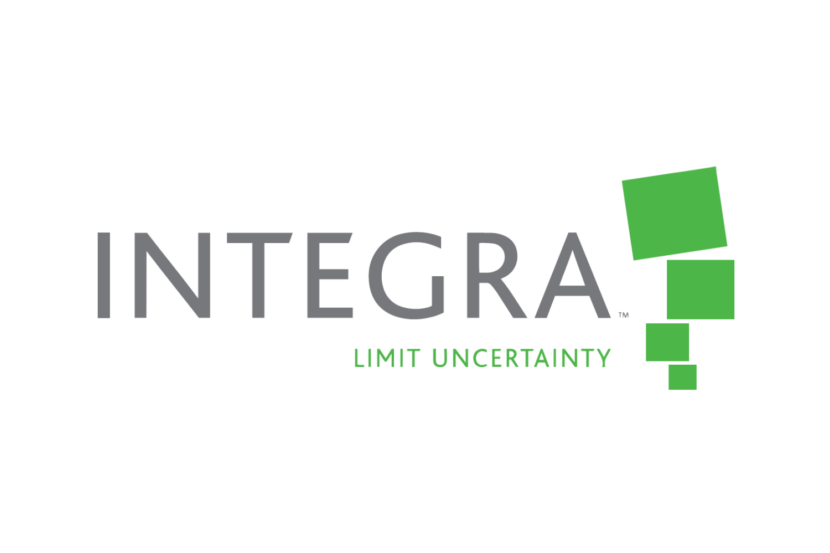WASHINGTON, April 7 (Reuters) – Last month’s U.S. Federal Reserve meeting showed policymakers were universally optimistic in their economic outlook, but a detailed account of that discussion due to be released Wednesday may reveal more about the divisions brewing among them over how much longer to keep massive central bank support in place.
The Fed made no changes to its near zero target interest rate or the $120 billion pace of monthly bond buying in March, and also did not change its standing pledge to keep all of that in place until the economy is recovered from the lost jobs and other financial damage done by the pandemic and the sharp associated recession.
But Fed officials did boost their outlook for the economy by a significant margin as they surveyed progress on the vaccines and the trillions of dollars in newly committed federal spending and concluded the economy was primed. The median Fed policymaker projection for economic growth in 2021 was increased from 4.2% as of December to 6.5%, which would if achieved be the fastest rate of expansion since 1984.
Even with its policies unchanged, the outcome of the meeting suggested an evolving debate among policymakers about just how quickly recovery may occur, with four officials projecting a rate increase may be appropriate as early as next year.
That is much faster than the core of officials who don’t expect rates will need to rise until at least 2024, and the minutes could shed light on the nature of the disagreement – whether it is just a matter of differing economic forecasts, for example, or whether some officials are becoming hesitant about the Fed’s effort to court higher inflation or see other risks rising that may require a central bank response.
A shift in Fed strategy last year saw the Fed put a higher premium on encouraging employment, and saying it wanted inflation to run above its formal 2% target “for some time” in order to offset years when the pace of price increases was too weak.
That new framework was adopted unanimously. But the shift of several policymakers’ views prompted some second guessing about whether the commitment is as deep as presented.
Reporting by Howard Schneider; Editing by Dan Burns and Andrea Ricci





